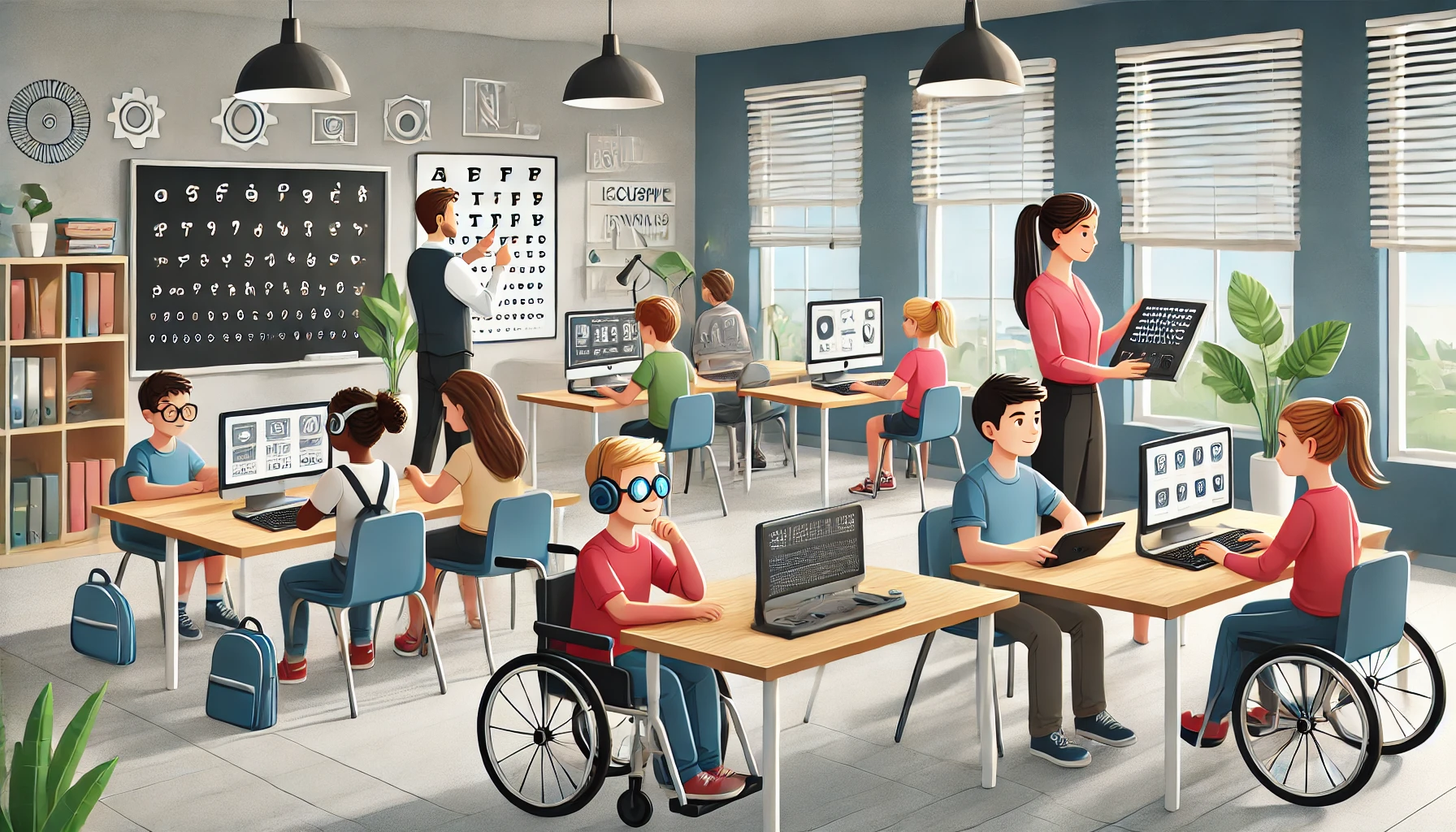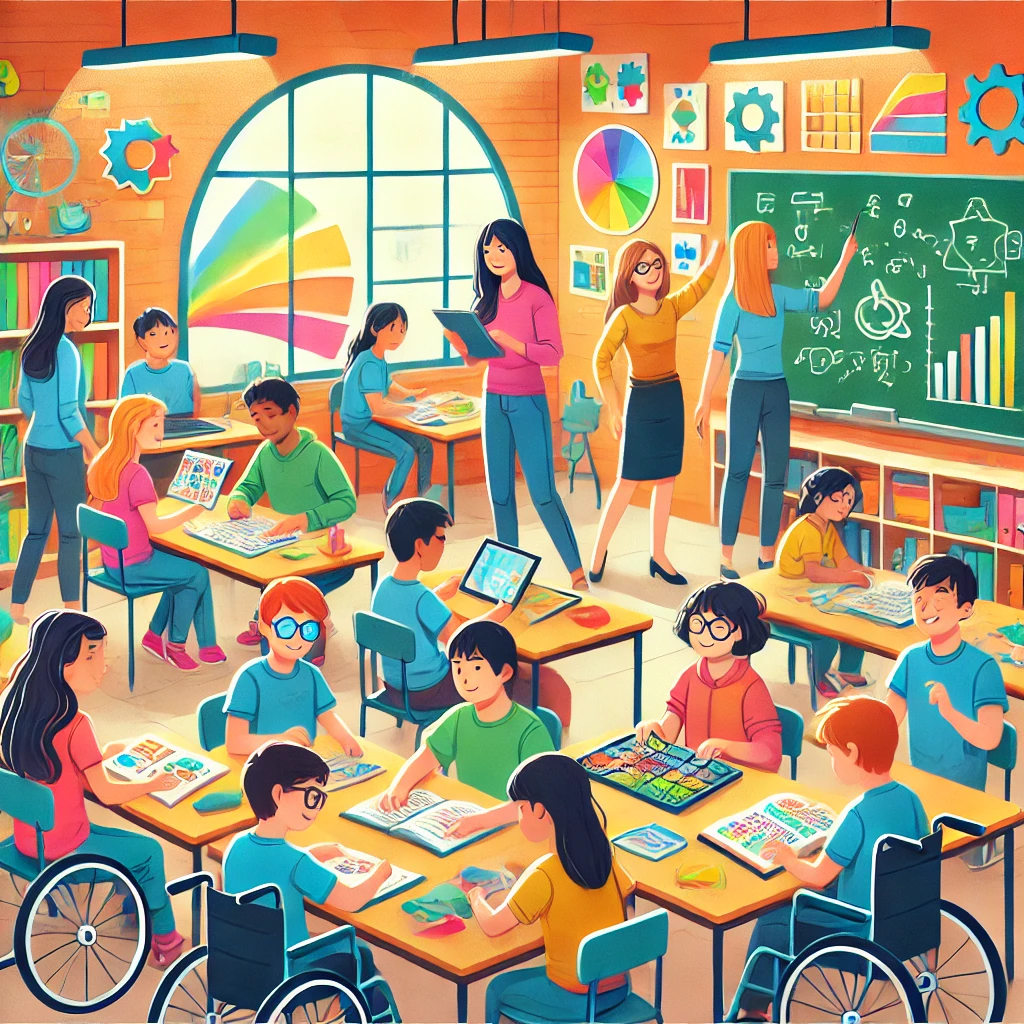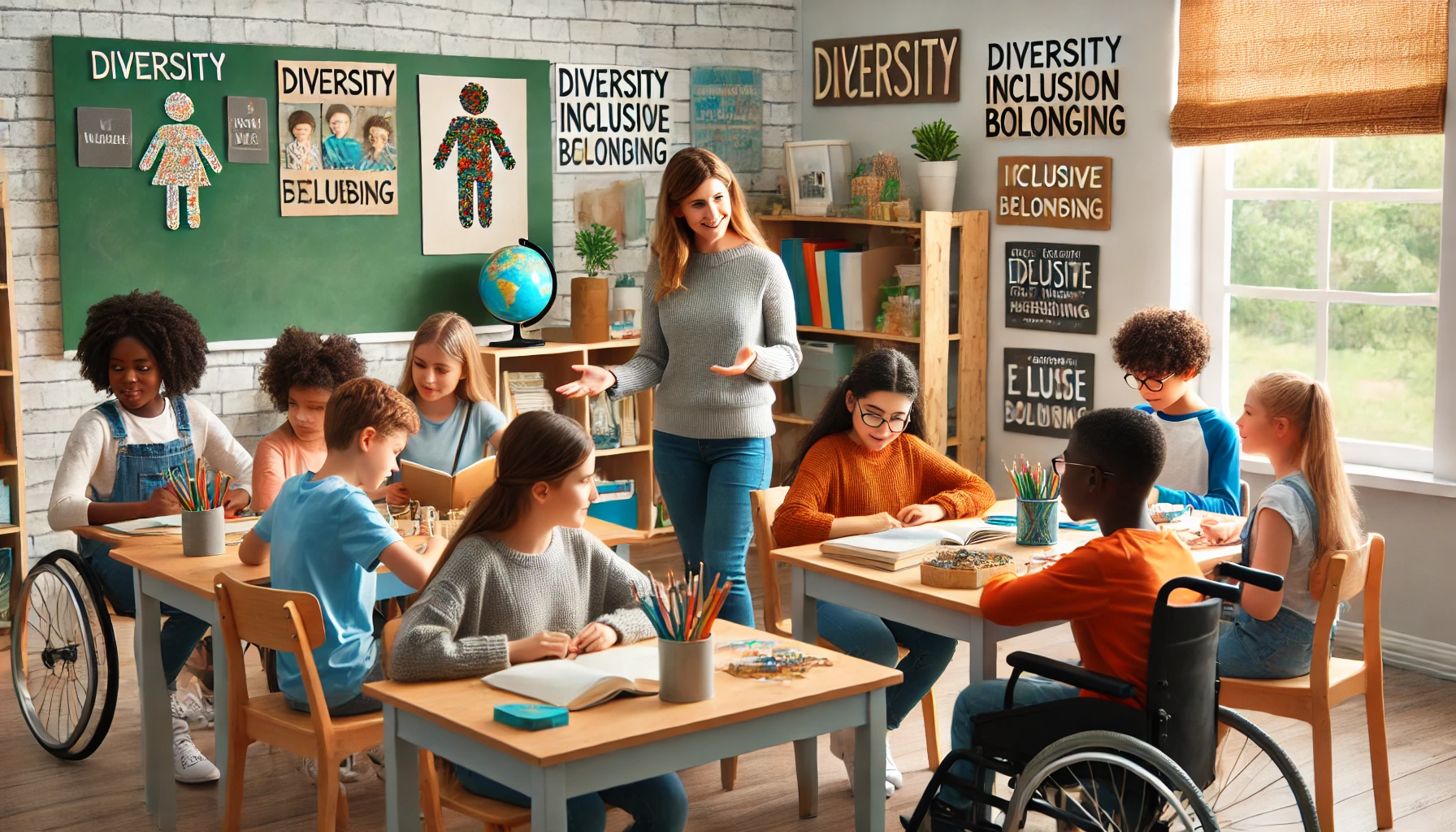Understanding Visual Schedules and Routines
What are Visual Schedules and Why Are They Important?
Visual schedules are like magical timelines using images, symbols, or words strung together to map out tasks or activities. They’re lifesavers for kids with conditions like autism, ADHD, or learning challenges who need a bit more structure and predictability. These schedules show them what’s coming up next, helping to ease nerves and clear up any confusion, which enhances their understanding of what’s expected.
Now, why are they so vital? They don’t just make communication smoother—they also boost independence and self-awareness. Think of them as a visual cheat sheet that supports learning, helps manage behavior, and builds essential skills. When tasks are broken into bite-sized steps, kids can follow along more easily, boosting their confidence and helping them tackle daily routines like pros.
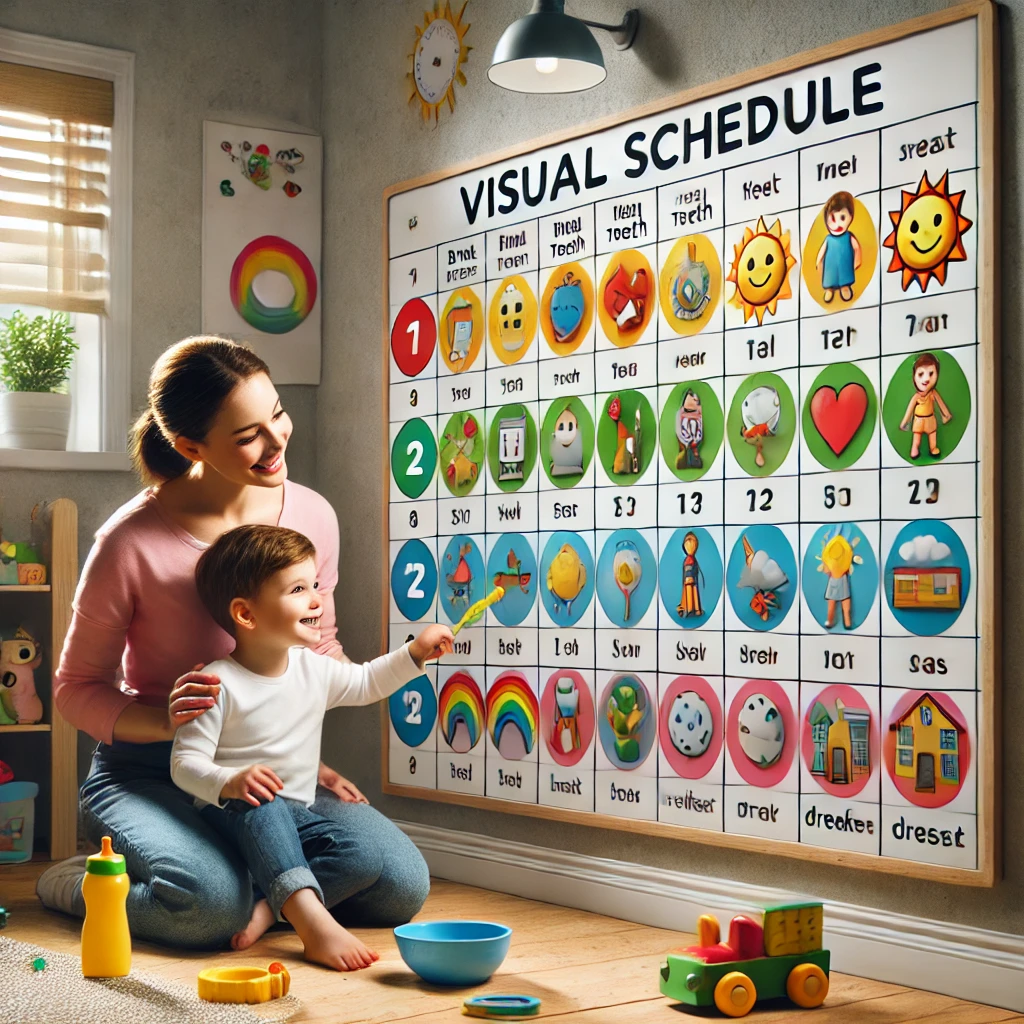
Benefits of Using Visual Schedules for Children with Special Needs
Adding visual schedules to the mix is a game-changer for kids with special needs. They provide a framework that brings a bucket-load of benefits:
-
Predictability and Consistency: These schedules roll out a steady routine that cushions kids from unexpected surprises and adds a layer of comfort and security.
-
Improvement in Transitions: Visual cues make moving from one activity to another a breeze, cutting down on resistance and emotional outbursts.
-
Enhanced Communication: When communication is visual, it supports language skills and helps kids better grasp what’s going on.
-
Independent Task Completion: With steps clearly laid out, kids gain the power to do things on their own, which boosts their sense of achievement and self-sufficiency.
-
Reduction of Anxiety and Overwhelm: These schedules give a sneak peek of the day, freeing kids from worry and helping them feel more in control.
-
Skill Development: Regularly using visual schedules polishes up skills like time management, organization, and task completion, setting a foundation for growth.
By adopting visual schedules, parents, teachers, and therapists can build a nurturing setting that fosters learning and independence for children with special needs. Curious about more ways to help children with processing disorders? Swing by our detailed guide on supporting children with processing disorders: a parents guide.
Creating Effective Visual Schedules
Let’s jump into the world of visual schedules for children who need a little extra support. Knowing the magic ingredients for creating a solid visual schedule can really make a difference. Adding clear and relatable elements can make these schedules super user-friendly and helpful.
Components of a Visual Schedule
A decent visual schedule usually includes these parts:
| Component | Description |
|---|---|
| Visual Cues | Using pictures, icons, or symbols to show activities or tasks. These cues make the schedule easier to understand for kiddos with different learning styles. |
| Sequential Order | Lining up activities in the right order to map out the day’s rhythm. This not only helps in creating independence but also keeps those anxious feelings at bay. |
| Time Indicators | Adding clocks or time markers to show how long each activity or switch takes. This helps kids manage their time better and get ready for what’s next. |
| Task Labels | Clear and simple labels for each activity or task. These labels make it easier for kids to grasp what’s up next and stick with it. |
| Reinforcement Symbols | Popping in some happy faces or gold stars to cheer on task completion and good behavior. These symbols boost engagement and make the whole deal way more fun! |
Tips for Designing Clear and Relatable Visual Schedules
Make your visual schedules click by following these tips:
- Use Quality Images: Go for clear and fitting pictures that match each task. Images that stand out can really help with understanding and keep kids interested.
- Simple Language: Keep instructions and names straightforward for kids of all language skills to easily get what’s being asked.
- Color-Coding: Use colors to split up different activities. This makes organizing easier and helps with smooth transitions.
- Interactive Bits: Add fun parts like Velcro or moveable pieces to let kids actively join in on the schedule and finish tasks with a sense of accomplishment.
- Keep It Consistent: Stick to the same structure, so building habits and learning becomes a breeze.
- Add a Personal Flair: Tune the schedule to the child’s likes and needs. Tailoring it increases interest and makes it feel more personal.
By mixing these elements and design tricks, you can craft visual schedules that help kids with special needs rock their daily routines. For more tips and tricks on supporting kids with different learning needs, check out our piece on understanding dyslexia- early signs and support strategies.
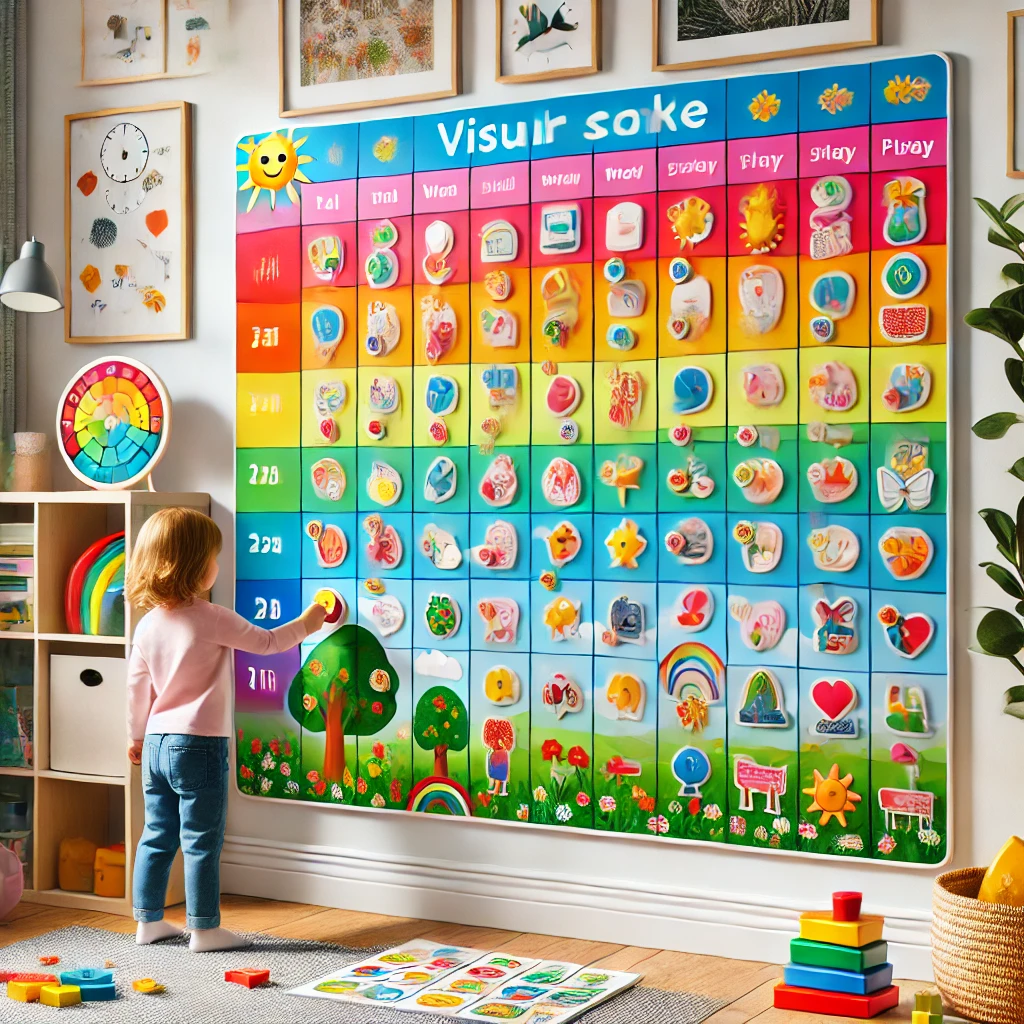
Implementing Visual Routines
Supporting children with special needs isn’t a one-size-fits-all situation. Imagine a world where you’re giving them a blueprint through their daily grind—that’s what a visual routine does. They bring order, reduce stress, and make communication a breeze. So, let’s get cracking on setting up a visual routine that actually sticks.
Establishing a Routine
Kicking things off means we need to map out what’s going on in a typical day. Think wake-up calls, getting ready for school, meals, tackling schoolwork, and tucking in at night. Breaking down these tasks into bite-sized chunks makes it way easier for them to follow along and know what’s up next.
Having these steps out on display, whether through pictures, symbols, or simple words, helps kiddos get through their day feeling more capable and chilled out. The trick here is sticking with it. Repeating routines help nail down the lessons and builds a little security blanket for ’em.
Don’t go solo on this. Pull the child in on the action. Let them have a say in what works and what doesn’t. That way, the routine feels more like “theirs” and less like homework. And, be ready to tweak things if it’s not hitting the mark initially.
Incorporating Visual Cues for Smooth Transitions
For kids, changing gears smoothly is just as crucial as the routine itself. Visual cues are your best friend here, signaling when it’s time to switch it up and get ready for new tasks.
Think visual timers, countdown clocks, or transition cards. They give kids a heads-up so they’re not caught off guard. This keeps things moving and helps lower any pushback during those transitions.
Ease into these visual cues, reinforcing their use with a pat on the back when things switch without a hitch. Cheer on those seamless transitions to keep them motivated and get them to stick to these signals reliably.
By putting together understandable visual routines and using visual cues, caregivers, teachers, and therapists can build a space that drives independence and gives a little taste of triumph for kids with special needs. Remember, the magic happens when you customize the routine to match every child’s individual strengths and hurdles.
Personalizing Visual Supports
Working with kids who have special needs has taught me the magic of making visual schedules just for them. It’s all about connecting with what fits their world to boost understanding and get them involved. We’re diving into how I tweak visual schedules and change visual supports as kids grow and learn.
Making Visual Schedules Their Own
When I whip up visual schedules, it’s all about zeroing in on what each child needs and where they shine. Some kids might need a play-by-play schedule, while others do better with a go-with-the-flow vibe. By really getting to know how they learn and what they like, I can put together visual schedules that help them cruise through their daily grind.
| Visual Schedule Type | Characteristics | Examples |
|---|---|---|
| Detailed Schedule | Clear steps with pictures | Morning routine, school layout |
| Simplified Schedule | A few tasks with little visuals | Bedtime wind down, free play |
By matching the schedule with a child’s mental pace and their sensory likes, we can make their understanding of the daily routine easier. Adding favorite colors or relatable symbols can spice things up—making it more fun and engaging for them.
Changing It Up as They Grow
Kids with special needs grow and surprise us, meaning their visual aids need to grow too. It’s super important to check in and tweak these schedules to keep up with what they need as their skills evolve. Ongoing assessments of what works can keep them pumped about sticking with their routines.
| Progress Stage | How to Adapt |
|---|---|
| Better Independence | Make visuals simpler, cut down on prompts |
| Stronger Sequencing Skills | Add complexity, introduce new stuff |
| Improved Communication | Mix in text with visuals |
Catching strides in their journey and giving a pat on the back for progress works wonders on their confidence. Consistently providing them with these tailored supports tells them, “You’ve got this!” It encourages them to tackle their daily routines with more confidence and ease.
Building Consistency and Flexibility
Supporting kids with special needs through visual schedules and daily routines means finding that sweet spot between keeping things steady and leaving room for change. When there’s a routine in place, kids can feel safe since they know what’s coming next, making life a little smoother. This stability is super important for children who might have sensory issues or trouble with change.
At the same time, it’s also key to keep things flexible. No two kids are exactly alike, so what suits one might not work for another. Flexibility lets parents, teachers, and therapists tweak those schedules to fit each child’s unique needs and likes. It also helps to be ready for life’s curveballs and make changes on the fly.
Maintaining Consistency in Daily Routines
Keeping things consistent in a child’s day means setting up a go-to order for stuff they do each day. This kind of regular schedule helps kids chill out and feel secure, especially those who need some extra support. Knowing what’s next can cut down on anxiety or behavioral meltdowns and help kids stay grounded.
| Tips for Keeping It Consistent |
|---|
| Stick to regular wake-up and bedtimes |
| Make a visual schedule that’s easy to see and reach |
| Use the same words and signals when switching activities |
| Praise good behavior and keep your reward promises |
| Work together with other caregivers, teachers, and therapists to stick to the plan everywhere |
Consistency doesn’t have to be about being super strict; it’s more about giving kids a reliable routine that makes them feel safe and confident.
Allowing Room for Flexibility and Modifications
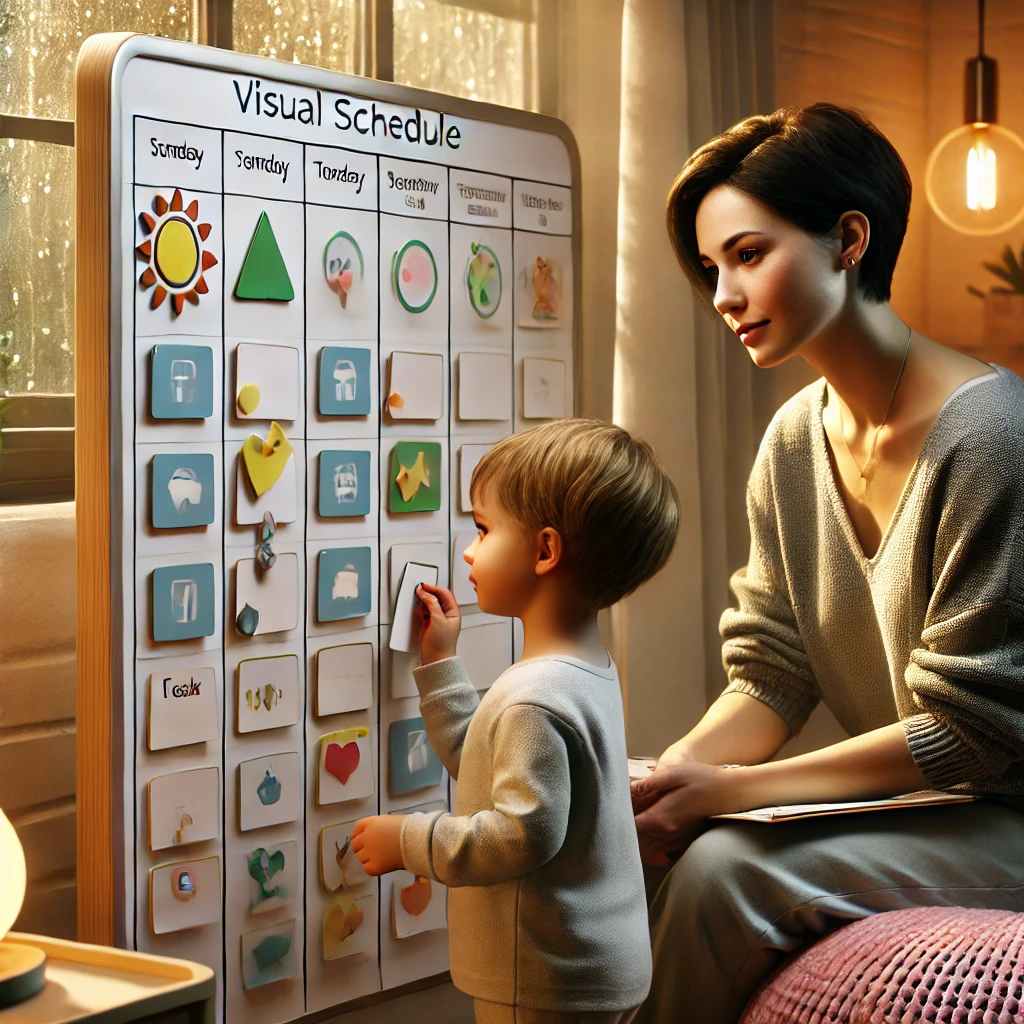
While having a set routine is important, being open to change matters just as much. Children with special needs might have certain preferences or issues that require switching up the schedules. Flexibility lets caregivers and teachers adjust routines to better fit what each child needs, which makes learning and growth more positive.
| Ideas for Keeping It Flexible |
|---|
| Respect and understand each child’s unique likes and dislikes |
| Be open to the child’s feedback and watch how they react to the routine |
| Make room for sensory needs, communication styles, or learning preferences |
| Change the schedule if goals or needs shift |
| Work with therapists and experts to suggest helpful changes |
Finding the balance between being steady and adapting is key to creating a supportive and flexible space that helps kids with special needs grow, learn independence, and stay well.
Encouraging Independence and Success
As I work with kiddos with special needs, I’ve found that visual aids can be a real game-changer—helping them tackle their daily routines with a spring in their step.
Empowering Children through Visual Supports
Visual tools are like a trusty sidekick, connecting the dots between what needs doing and understanding it all. By using visual schedules and routines, kids can catch on faster to what’s happening and what’s expected next.
These supports aren’t just about making things clearer. They give a comforting sense of order and predictability, which is especially helpful for children with special needs. Symbols, pictures, or simple cues make the steps of a task as clear as day, helping the kids to follow through on their own.
Celebrating Achievements and Progress
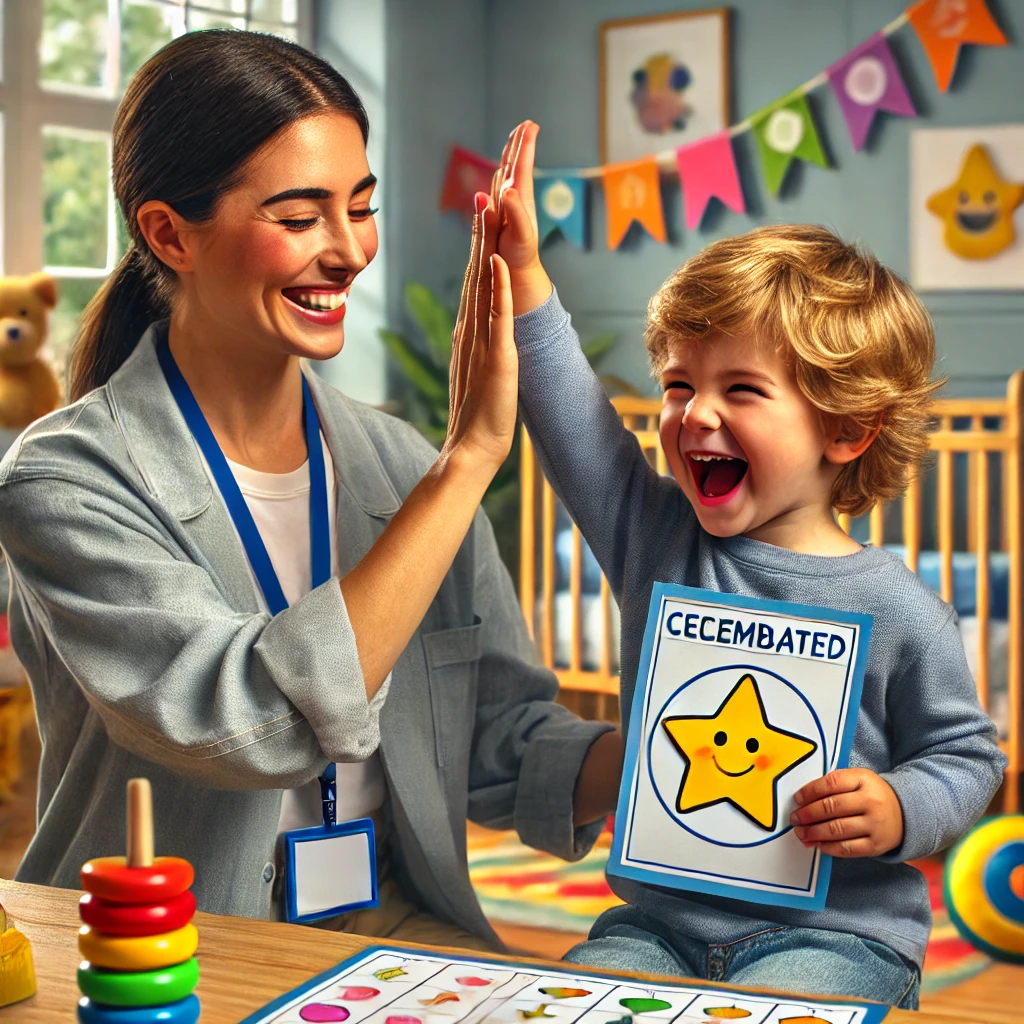
Cheering for even the tiniest wins is super important. It helps build self-confidence and growth for kids with special needs. When a child nails a visual schedule, wraps up a task solo, or breezes through a change, a little celebration of their hard work can really light up their day.
Giving a pat on the back, a sticker, or a high-five works wonders as a motivator. Celebrating wins not only lifts their spirits but also shows them their efforts are worth it.
Adding these joyous moments into visual supports boosts a child’s sense of pride and shows them they can do it. By creating a setting that appreciates and cheers progress, we encourage them to take on challenges, grow tougher, and reach to the stars.
Focusing on visual support and recognizing achievements paves the way for kids to grow confident and independent. Every little step they take is a shoutout to their grit, pushing them towards bigger things and a more fulfilling journey.


